Well here we are again, another fall of fire season is upon us. Let’s take a look at last week’s monthly outlook from the National Interagency Fire Center. The release covers the period of September 2021 through December 2021. The full fall wildfire outlook can be located here.
Year-to-Date Statistics:
| Year-to-date statistics | Number of Fires | Acreage Burned |
| 2021 (01/01/21 – 09/08/21) | 43,555 | 5,104,228 |
| 2020 (01/01/20 – 09/08/20) | 41,051 | 4,729,287 |
| 2021 Percentage of 10-year Average | 100% | 86% |
Source: https://www.nifc.gov/fireInfo/nfn.htm
Observations in August:
Fire activity sustained at peak levels through August. The National Preparedness level has been sustained at Level 5 for 79 days (and counting) straight. That’s the second longest such stretch in history. Not surprising, considering 95% of the West remains in drought, with more than half in the two highest categories. Drought conditions worsened and fire activity prevailed in northern CA and across the Northwest. August’s hot and dry conditions contributed to large fires and continued growth on Campaign Fires in both regions. During several Red Flag Warning spells, the Dixie and Caldor Fires both crossed the Sierra Crest. The first time in recorded history this has occurred. The Dixie Fire has eclipsed 900,000 acres and is still growing. Meanwhile monsoons did help moderate fire activity and aid in drought conditions in the Southwest, Southern Great Basin, and Colorado Rockies.
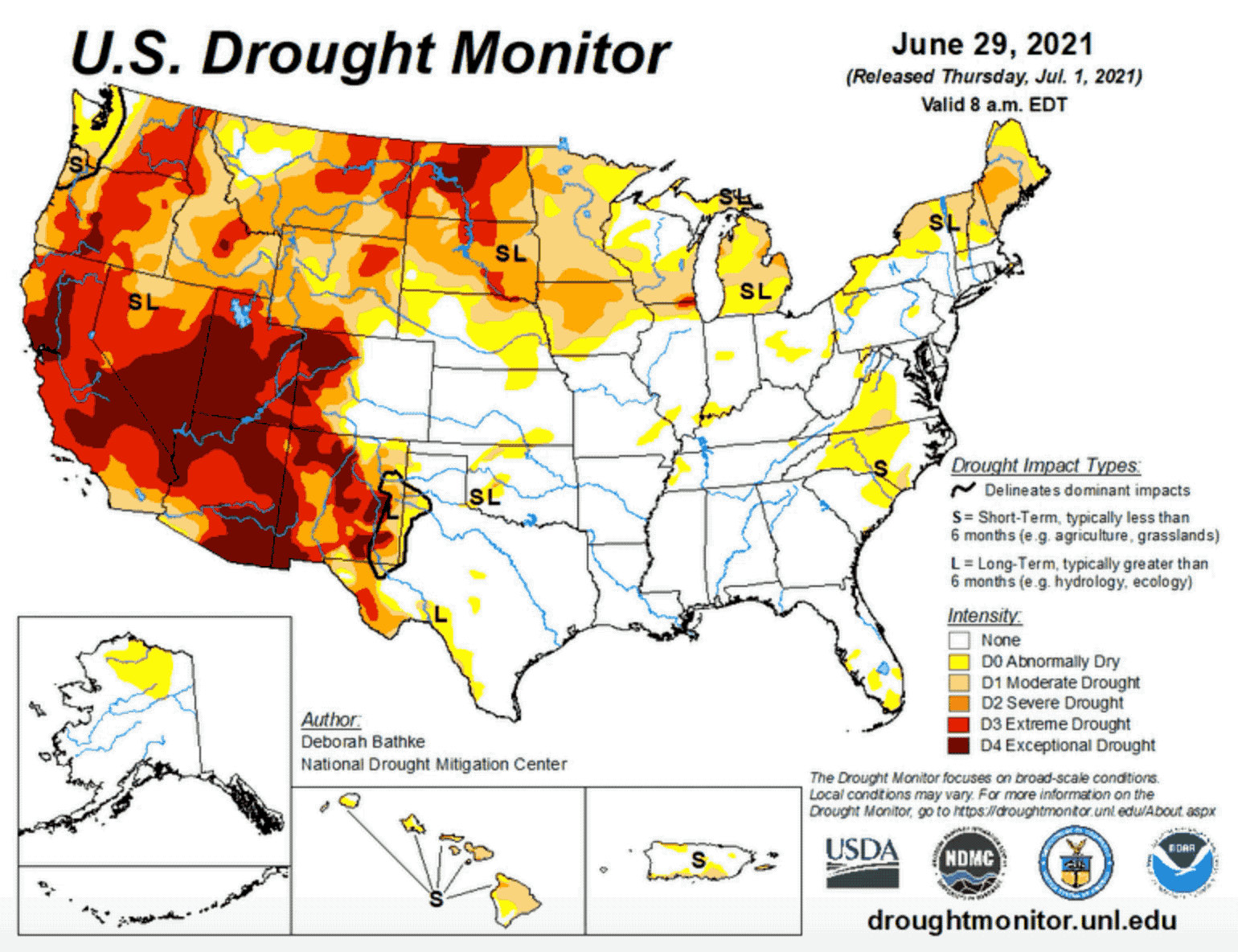
Fall Wildfire Outlook:
Climate outlooks indicate warmer than normal conditions are likely for much of the nation through fall. In Western Washington, wetter than average conditions are likely. Elsewhere, below normal precipitation is likely across the Southwest, Great Basin, central Rockies, and much of the Plains. A bit of both is forecast for the Southeast where near normal precipitation is expected through October, but will turn drier in late fall and early winter. Much of the Southern Area and areas south of the Ohio River are likely to have below normal significant fire potential in September, but much of the southeast US and Mid-Atlantic is forecast to have above normal fire potential in October and November. Whereas, normal significant fire potential is forecast for Alaska along with most of Eastern Area through the period.
Above normal significant fire potential is forecast to continue for September across much of the Northwest and portions of the Great Basin, Northern Rockies, and Rocky Mountain Geographic Areas. Most of these areas will return to normal fire potential in October and November except for portions of Wyoming, northwest Colorado, and the Black Hills, which will remain above normal into October. Much of northern California is forecast to have above normal potential through November with leeside locations in Hawaii likely to have above normal significant fire potential into October.
As winter transitions in and out of fire season, the entire US is forecast to have normal fire potential in December. Looking further ahead, the Climate Prediction Center is forecasting a 70% chance of La Niña conditions developing late fall into winter (November through January).
Maps:
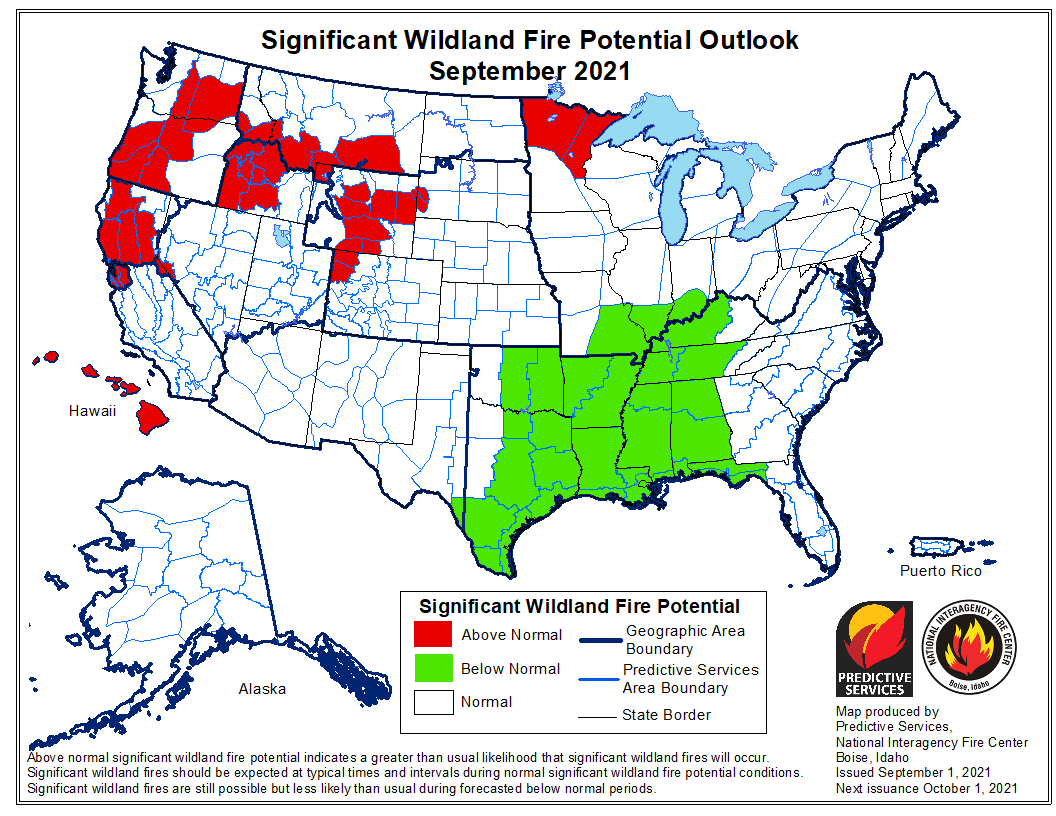
September 2021 Wildfire Potential
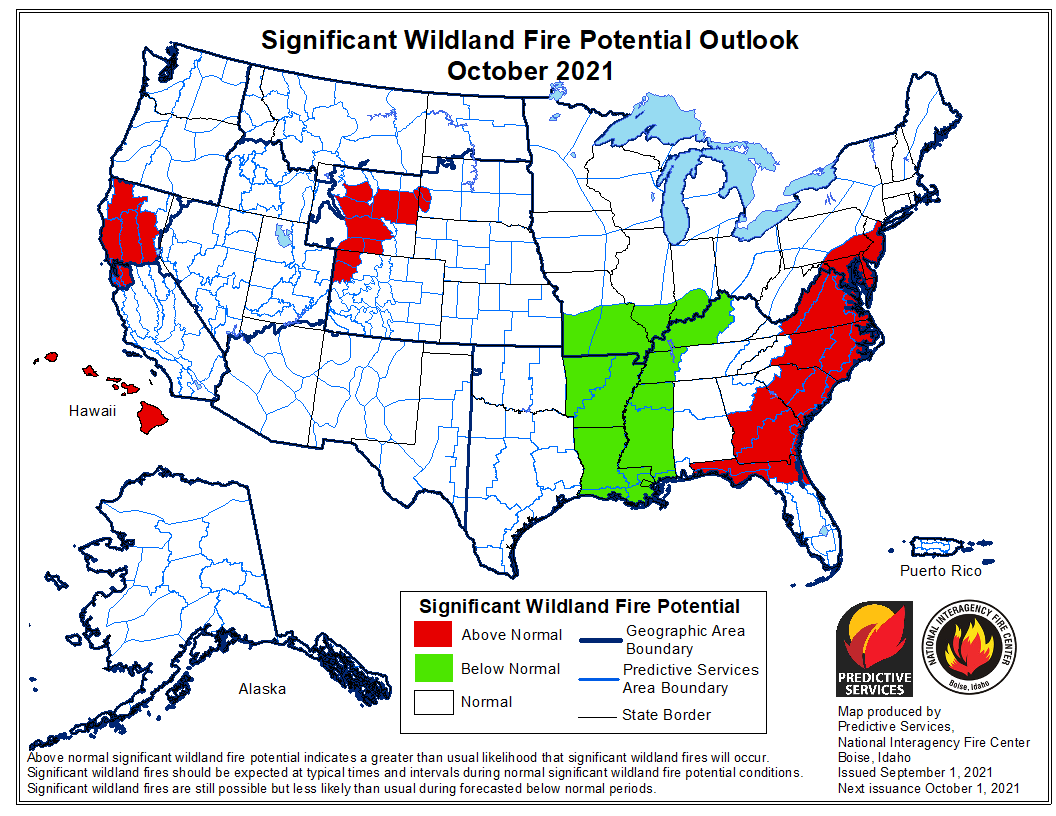
October 2021 Wildland Fire Potential
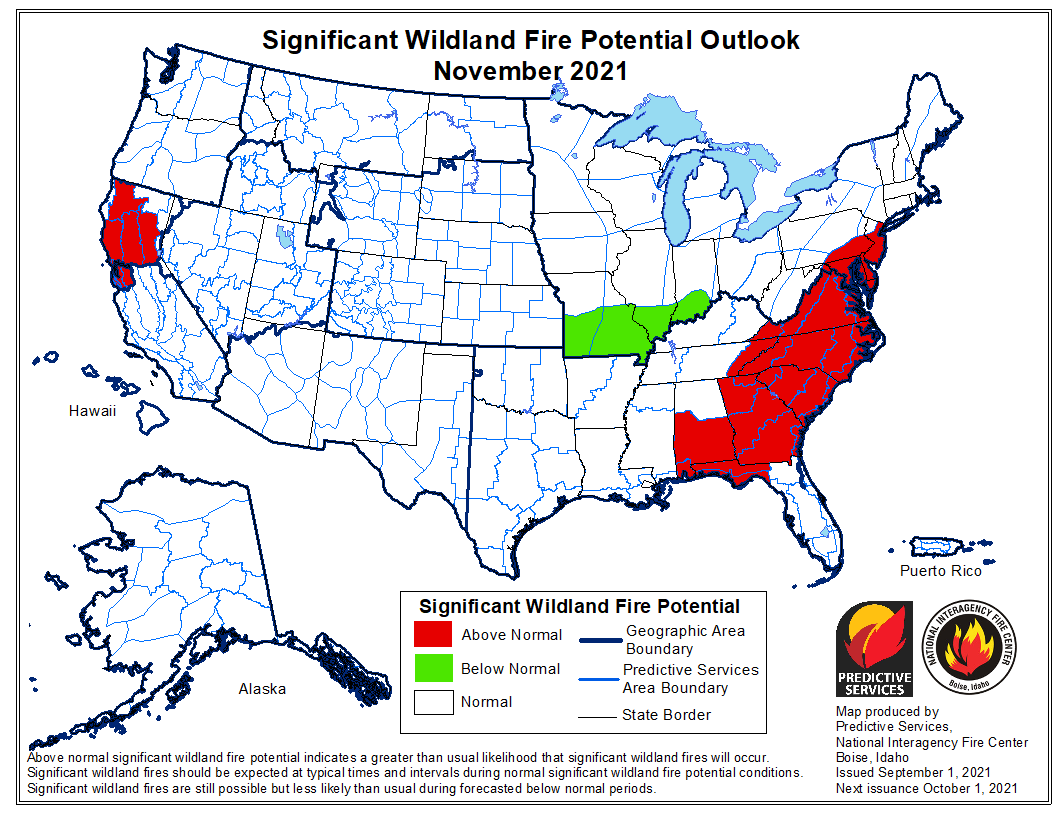
November 2021 Wildland Fire Potential

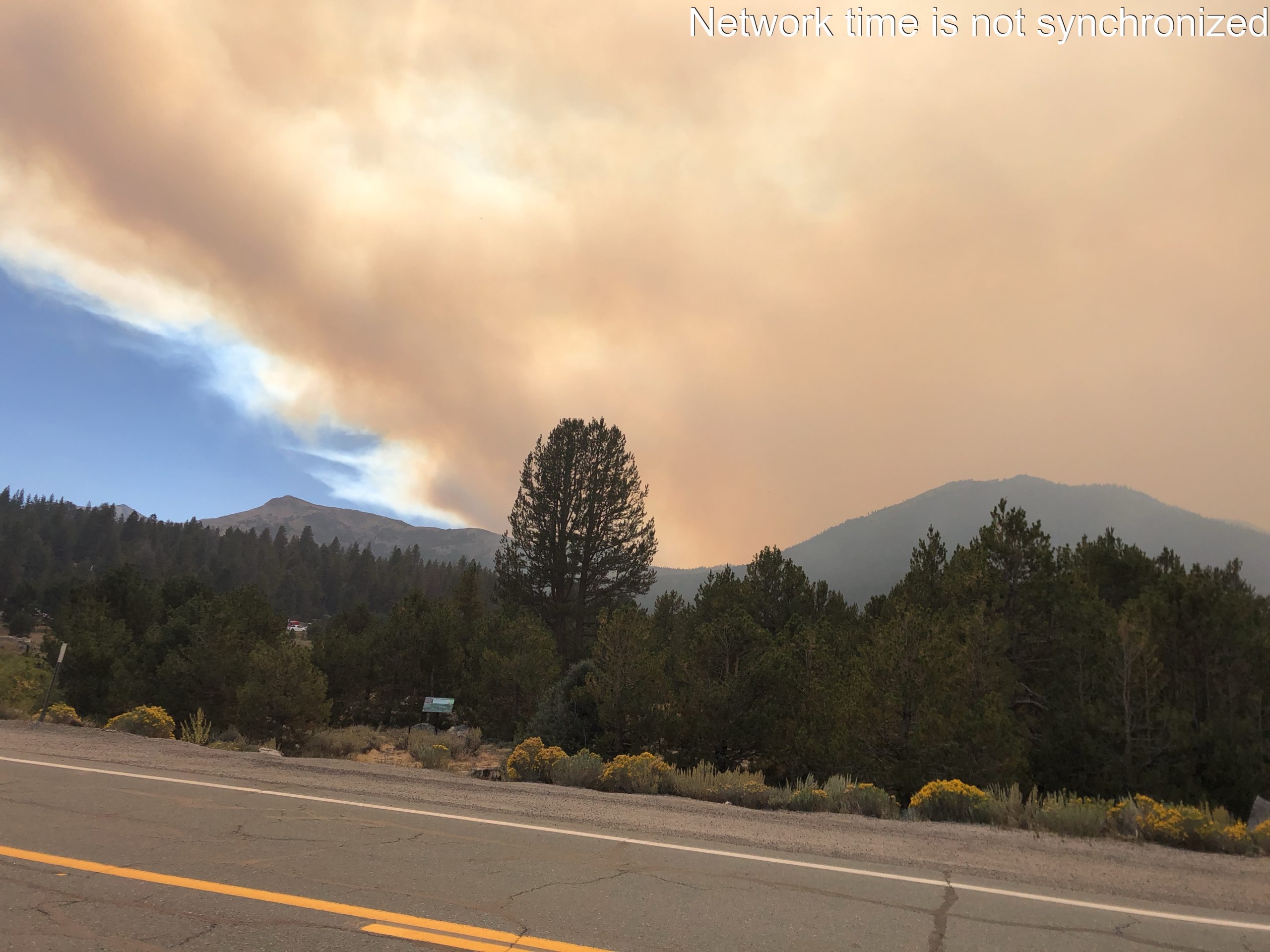



One Comment